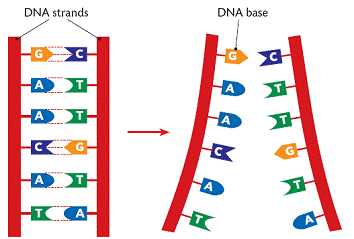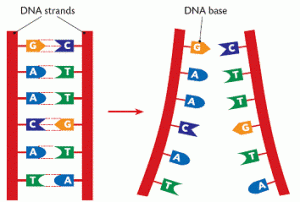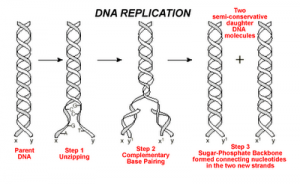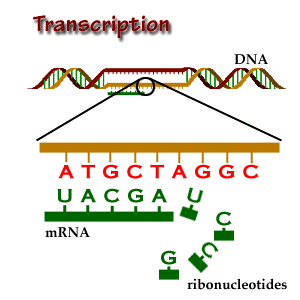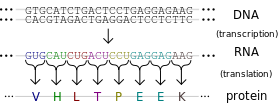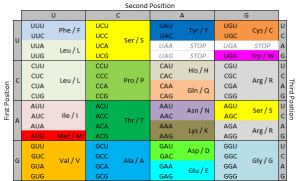Corticotropin releasing hormone, cortisol and mast cells
The term “HPA axis” refers collectively to the signals and feedback loops that regulate the activities of three glands: the hypothalamus, the pituitary gland, and the adrenal glands. The HPA axis is a critical component of the body’s stress response and also participates in digestion, immune modulation, emotions, sexuality and energy metabolism.
The hypothalamus is part of the brain. It performs several integral functions. It regulates metabolism, makes and releases neurohormones, and controls body temperature, hunger, thirst, circadian rhythm, sleep and energy level. It is also known to affect parenting and attachment behaviors. It effectively turns nervous system signals into endocrine signals by acting on the pituitary gland.
The pituitary gland is a small gland at the bottom of the pituitary. The anterior portion of the pituitary is part of the HPA axis. It makes and releases several hormones, including human growth hormone, thyroid stimulating hormone, adrenocorticotropic hormone (ACTH), prolactin, luteinizing hormone and follicle stimulating hormone. All of these hormones are released when hormones released by the hypothalamus act on the pituitary.
The adrenal glands are located on top of the kidneys. They primarily synthesize and release corticosteroids like cortisol and catecholamines like epinephrine and norepinephrine in response to action by the pituitary. It also produces androgens and aldosterone.
The hypothalamus synthesizes vasopressin and corticotropin releasing hormone (CRH). Both of those hormones stimulate the release of ACTH by the pituitary gland. ACTH stimulates the adrenals to make glucocorticoids (mostly cortisol). The cortisol then tells the hypothalamus and pituitary to suppress CRH and ACTH production. This is called a negative feedback loop.
Cortisol acts on the adrenals to make epinephrine and norepinephrine. Epi and norepi then tell the pituitary to make more ACTH, which stimulates the production of cortisol.
When you take steroids regularly, it suppresses ACTH so that your body stops making its own steroids. This is why weaning steroids is very important. By weaning, your body should gradually start making its own cortisol to replace the deficit when you lower your steroid dose. However, this doesn’t always work. People who do not make enough cortisol on their own are called adrenally insufficient and are steroid dependent. People with this condition can suffer “Addisonian crises” if their steroid levels drop dangerously low. This is a medical emergency.
CRH is released by the hypothalamus in response to stress. This drives the production of cortisol to help manage stressful situations of either a physical or emotional nature. Mast cell attacks and anaphylaxis are examples of physically stressful situations that stimulate release of CRH.
CRH binds to CRHR-1 and CHRH-2 receptors on various cells, including mast cells. When it binds to mast cells, it stimulates the release of VEGF, but not histamine, tryptase or IL-8. This type of release is called selective release as it does not involve the release of preformed granules (degranulation.) Additionally, CRH is also released by mast cells. This can act on the mast cells or other cells with CRHR receptors, like those in the pituitary. The exact purpose of mast cells releasing CRH is not clear.
References:
Theoharis C. Theoharides, et al. Mast cells and inflammation. Biochimica et Biophysica Acta 1822 (2012) 21–33.
